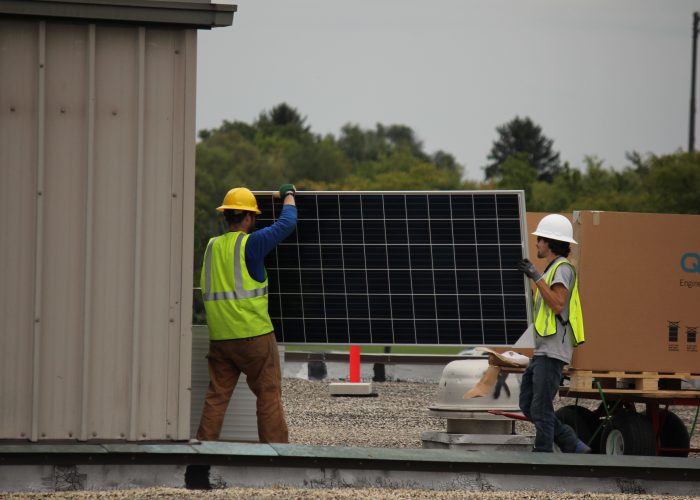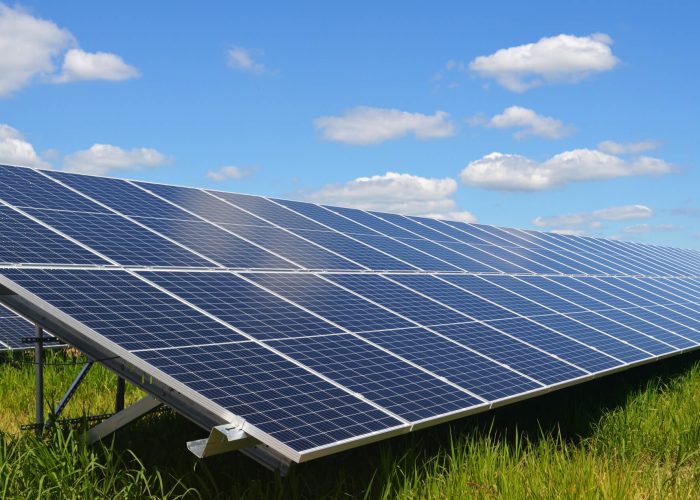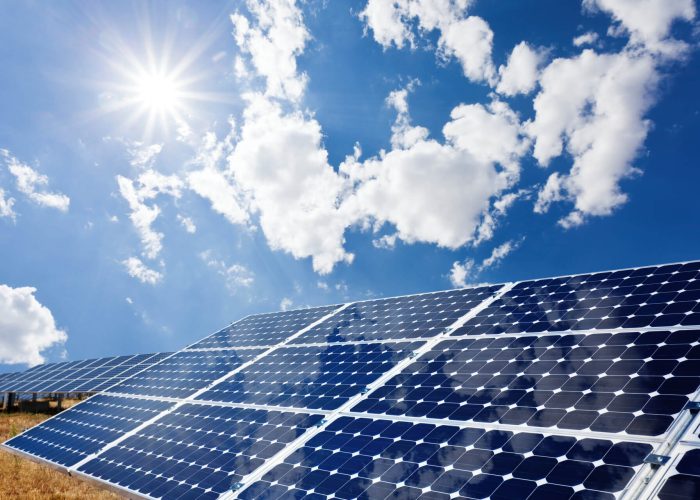Solar power (also known as photovoltaic or PV power) is a great alternative to traditional power, but how do you know it is the right choice for your unique situation? Here are several important considerations when investigating solar energy as a cost-saving and sustainable energy solution.
Practicality
Going solar is a practical solution for residential, municipal, healthcare, and educational facilities looking to adopt renewable energy. Solar is one of the cleanest, most stable, and bankable energy sources available on the planet.
While the startup process may seem simple, several requirements are necessary to ensure that your solar power system is designed and installed properly and runs as efficiently as possible. First, there must be a location where solar panels can be installed to receive adequate sunlight throughout the day. Grounds covered by trees or roofs in the shadows of taller buildings will not be able to host a truly effective solar panel system. A roof-mounted solar array should only be considered for roofs proven to be structurally sound and under 15 years of age. If the location you want to host solar meets the basic requirements, making the transition could be a practical solution.
Affordability
Solar panel systems are an investment. While they are not necessarily inexpensive, you will save on energy costs in the long run. Additionally, the average cost per watt on a solar panel installation has gone down significantly over the past few decades. In large commercial systems, the cost per watt is currently around $2.
The true financial benefit of going solar is seen over time. Buildings that rely on solar power may be eligible for tax credits of up to 30% of the cost of the entire system for non-public entities. Installing an effective solar panel system also means that you will no longer need to purchase as much energy, as harnessing solar power is inexpensive once the panels are installed. When you go solar, you will be given the option to pay for energy annually. Market data from EnergySage suggests that commercial property owners in the United States can reduce electrical energy costs by about 75% if they choose to go solar.
Financing Options for Public Owners
Public owners have two options for paying for solar systems, direct or third-party ownership. Direct ownership makes sense if the entity can raise capital to pay for the system. Third-party ownership involves a developer or group of investors who own the system. In many states, there are numerous options for solar that do not require up-front capital. These include bonds, financial loans, equipment leasing, or third-party financing. There are pros and cons to each option that should be carefully considered, working with an experienced solar professional with proven project experience.
Reliability
Solar panel technology has improved greatly over the past fifty years and is more efficient now than ever. Solar panels have increased their performance and energy conversion rate to over 20%, making them more than capable of powering an entire municipal building.
Solar panels also have a long lifespan and typically require little to no maintenance for the first twenty years. A properly maintained solar panel system will produce close to the same efficiency for years to come, with adequate amounts of energy every single day.
Needs Assessment, Design, and Installation Process
The installation process of an integrated solar system can be done fairly quickly, depending on the building’s size and spatial constraints. Installing solar panels for large systems can offset the power consumed by a typical building. This can take just a few weeks or up to several months, depending on the facility’s size and electric energy consumption.
The first step in a well-informed and integrated process is a survey of the building’s energy consumption needs and the site by professional engineers and experienced solar experts who will determine where panels should be placed for reliability and maximum exposure to sunlight. These engineers will also determine whether the structure will hold the units and ensure that the current electrical system is compatible with that of the solar panels. A similar analysis is performed for ground-mount solar systems using a civil engineer.
Once everything is set, and the proper permits are approved by the local governing authority, a construction crew will install the panels. Construction should be supervised by a project manager experienced with solar installations. Electrical wires connect solar panels to the power main facility’s electrical network. Support racking is attached to the solar panel connecting to either the roof or the ground. Once the inverters and wires are connected, the system can be turned on and collect solar energy.
Conclusion
Determining whether or not solar is right for your application requires a thorough assessment of your current energy consumption, practicality, and savings potential by experienced and credentialed solar professionals.
There are smart options available for education and other municipalities that want to switch to solar power. You can install as many (or as few) panels as you need to generate an adequate amount of power. If an owner only wants to power a small portion of its energy needs, it can use a small number of solar panels for educational purposes and Science, Technology, Engineering, and Math (STEM curriculum) integration. However, if there is space for a larger system, the owner may be able to take advantage of net metering benefits depending on your local utility rules.
Contact us for more information about solar energy solutions.





